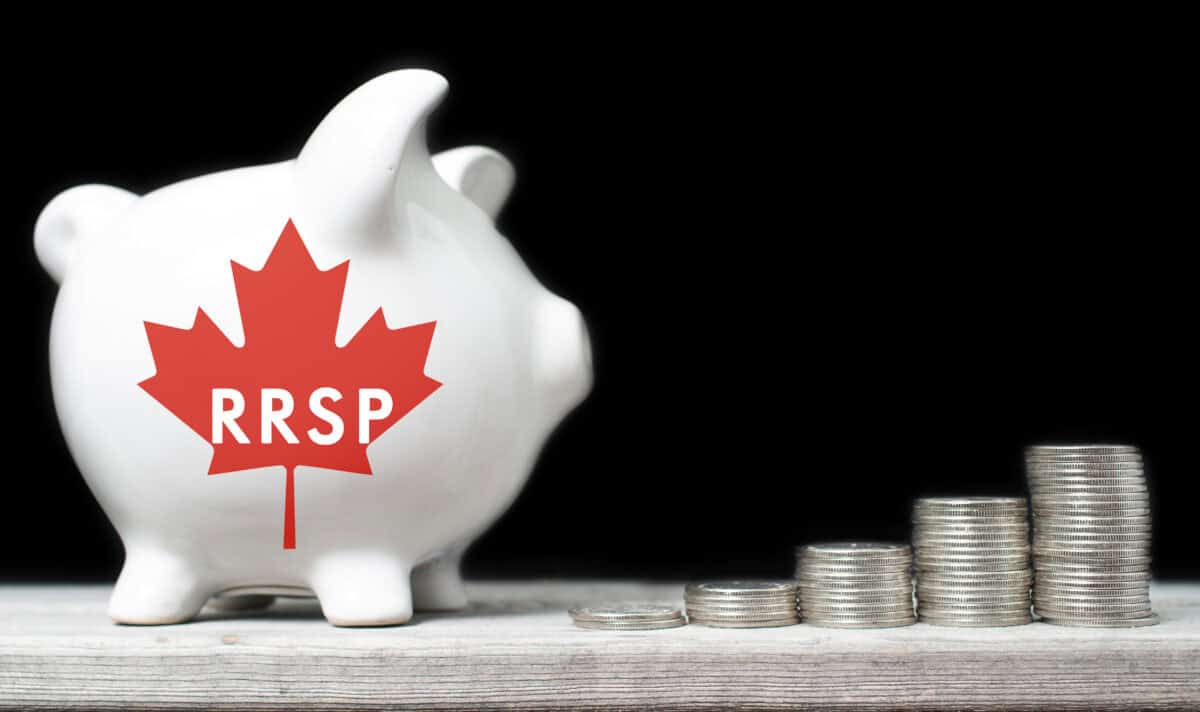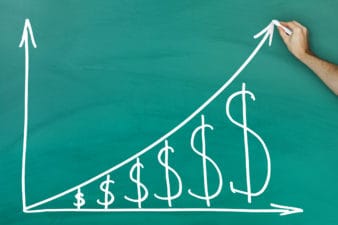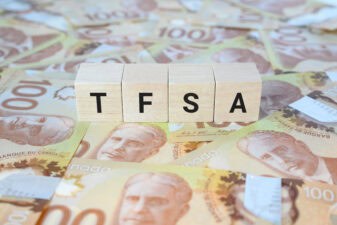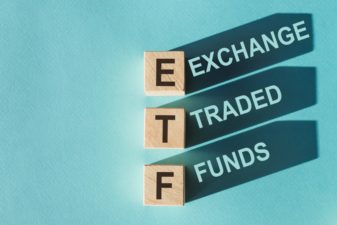The Canada Revenue Agency (CRA) notices the mad rush of Canadians to contribute to their Registered Retirement Savings Plans (RRSP) every tax season. RRSP users have up to 60 days after the end of the previous year to contribute. By contributing regularly, income earners can build an RRSP fortune.
1. Immediate tax relief
RRSP contributions are tax-deductible and, therefore, can significantly reduce your taxable income and obtain a larger refund. For the tax year 2024, the maximum contribution limit is $31.560 or 18% of earned income, whichever is lower. Whatever amount you contribute means immediate tax relief. You deduct it from your tax return.
2. Deferred tax payments
Unlike the Tax-Free Savings Account (TFSA), RRSP withdrawals are taxable. However, you only pay taxes when you withdraw (contributions and earnings) from the plan. The deferred taxation feature is advantageous to seniors. Marginal tax rates are lower in retirement than during the contributing years.
3. Tax-free money growth
RRSP users can control the assets they hold, including cash. However, because money growth is tax-free, owning income-producing assets like TSX stocks is wise. Your balance compounds faster by reinvesting the dividends. Also, all investment income, if it remains in the plan, is tax-exempt.
4. Spousal RRSP to reduce combined tax burden
If you have a higher income than your spouse, contribute to a spousal RRSP to enhance tax-free savings and reduce your combined tax burden. Splitting retirement income equally between partners should work in your favour.
Dividend play
A suitable option in 2025 is Toronto-Dominion Bank (TSX:TD). Canada’s second-largest financial institution ($146.38 billion bank by market cap) pays an attractive 5.01% dividend. At $83.80 per share, current investors enjoy a market-beating +12.45% year-to-date gain, notwithstanding the elevated market volatility. The 168-year dividend track record also lends confidence to invest in this $146.38 billion bank.
In the first quarter (Q1) of fiscal 2025 (three months ending January 21, 2025), net income dipped 1.1% year over year to $2.79 billion. Raymond Chun, president and chief executive officer (CEO) of the TD Bank Group, said, “TD started the year with strong momentum and record revenue across many of our businesses. “We delivered solid earnings, which positions us well as we begin the new fiscal year.”
TD remains a solid long-term play as it continues to work on regaining investor confidence. The big bank paid hefty regulatory fines in the U.S. following a money-laundering scandal. Nonetheless, its strong Canadian presence can compensate for the growth restrictions across the border.
Capital growth
Valeura Energy (TSX:VLE) is a strong backup to TD. This energy constituent is a non-dividend payer but a high-growth stock. At $6.86 per share, the overall return in three years is 1,329.2%. If you had invested 1,000 in April 2022, your money would be $14,291.67 today. Market analysts’ 12-month average price target is $12.40, a +80.88% upside.
The $731.6 million upstream oil and gas company produces petroleum and natural gas in Thailand. In Q4 2024, Valeura’s net income climbed 811% year over year to US$213.98 million. Its president and CEO, Dr. Sean Guest, said, “Our strong operational and financial performance continued throughout Q1 2025, and our business is more resilient than ever.”
No pressure
RRSP users have no pressure to maximize yearly contribution limits. If you don’t have funds to contribute this year, you can carry forward the unused RRSP contribution room and use it in the future.
 Act Fast: 75 Only!
Act Fast: 75 Only!








